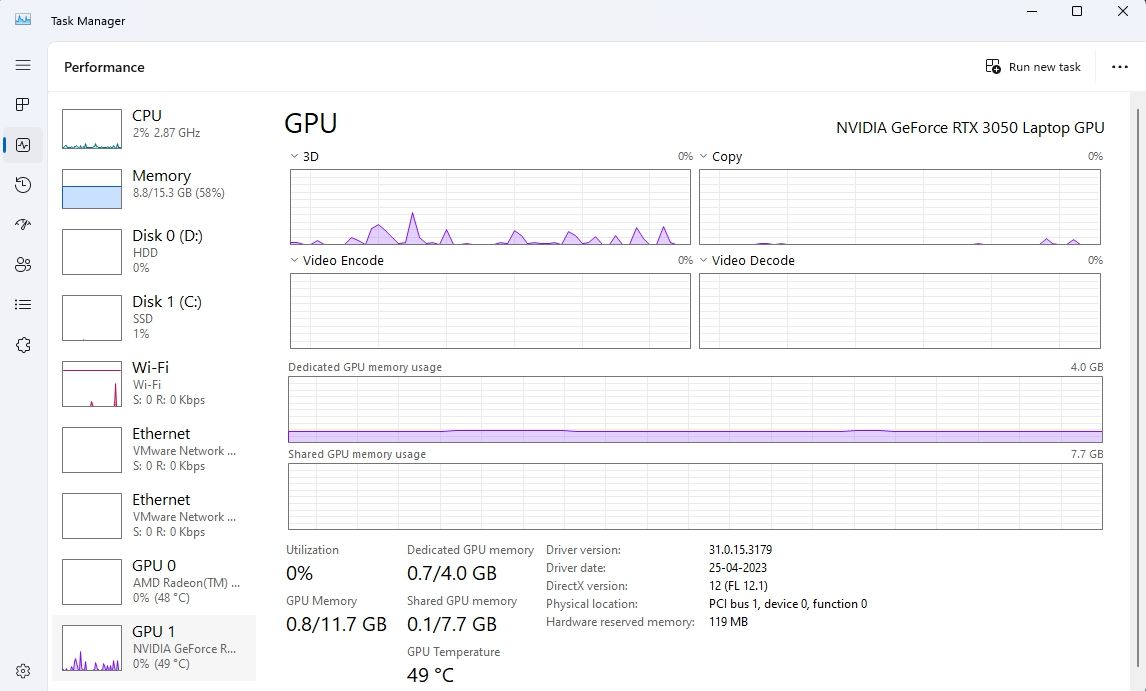When it comes to building or upgrading a computer, one of the most critical components to consider is the GPU, commonly known as the graphics processing unit. For gpuprices , design professionals, and anyone who relies on visual performance, understanding GPU specifications can be a challenging task. With a variety of terms and numbers thrown around, it’s easy to feel confused. However, grasping the basics of GPU specs can equip you to make knowledgeable decisions about your hardware and ensure you get the performance you need.
This guide, we will examine the essential elements of GPU specifications, providing clear explanations of what these terms mean and how they affect total performance. From clock speeds to memory specifications, each specification plays a vital role in the functionality of a graphics card. By the end of this article, you will have a comprehensive understanding of what to look for in a GPU, making it simpler to select the right one for your specific needs. Whether you are gaming, rendering, or simply using resource-heavy applications, understanding these specs is the first step towards enhancing your computer's performance.
Grasping GPU Design
GPU architecture is vital for grasping how a graphics processing unit operates and what affects its efficiency. At its fundamental level, a GPU is crafted to handle parallel processing tasks more efficiently than a CPU. This is achieved through a combination of numerous cores and dedicated hardware that enables parallel calculations, making GPUs especially skilled at generating graphics and handling computations in various applications like gaming and machine learning.
One of the key components of GPU design is the stream multiprocessor, which includes several processing cores that control different threads of processes. This configuration allows the GPU to perform many operations at once, resulting in enhanced throughput. The memory structure is also important, as GPUs require high bandwidth to deliver data to the cores efficiently. GDDR memory, for instance, is utilized for this purpose, ensuring quick access to the large datasets required for graphics rendering and computation tasks.
In addition to the hardware aspects, the architecture of a GPU affects its software functions, such as support for multiple APIs like DirectX and OpenGL. These interfaces permit developers to utilize the GPU's power for generating graphics and conducting complex calculations. Grasping the structure is fundamental for performance optimization, allowing users to choose the right GPU based on their particular needs, whether it's for gaming, professional applications, or general computing.
Key Specifications Explained
When the specs of GPUs, a crucial element to consider is the number of cores. This refers to how many processing cores the GPU has, as it greatly affects task management in parallel. A higher core count typically results in superior performance in tasks like gaming and graphic rendering, since more cores can handle data concurrently. That said, the architecture of the cores is equally important, because performance and efficiency per core may vary with different designs.
A further important specification is the memory referred to as VRAM. This memory is utilized by the GPU to hold textures, frame buffers, and various graphical information. Increased VRAM enables a GPU to manage larger textures and support higher resolutions without losing performance. For gamers and professionals working with high-definition content, sufficient VRAM is crucial to stop bottlenecks and provide seamless visual experiences.
Another important factor is clock speed, which greatly influences GPU performance. Typically indicated in megahertz or gigahertz, clock speed indicates how many cycles a GPU can execute in a second. Even though increased clock speeds often enhance performance, they should be considered alongside other specifications, such as core count and VRAM. It’s important to assess the balance between these factors to comprehend what a GPU is truly capable of.
Selecting the Right GPU for Your Requirements
When selecting a GPU, it's important to think about the intended use. If you're a gamers, a powerful graphics card with a large amount of VRAM can greatly enhance the gaming experience, offering smoother visuals. Conversely, if you're focused on everyday productivity tasks such as web browsing or office applications, a mid-range GPU would be sufficient. In the case of professionals working in fields like graphic design or video editing, a GPU with specific features such as CUDA cores for rendering is necessary.
Budget is a further important factor when choosing a GPU. Premium models often come with a high price tag, but there are many mid-range options that provide excellent performance without being overpriced. It's wise to consider what specifications you truly need versus what you want, matching your choice with your monetary constraints. Additionally, the availability of graphics cards can vary based on market conditions, so being diligent and investigating can help you find the best deal.

Lastly, compatibility with your existing system should not be overlooked. Ensuring that the GPU is compatible within your case and that your power supply can handle its requirements is essential. It's also sensible to check for compatibility with your motherboard and other components to avoid possible bottlenecks. Taking these factors into account will help you make an wise decision and find the GPU that best meets your needs.
